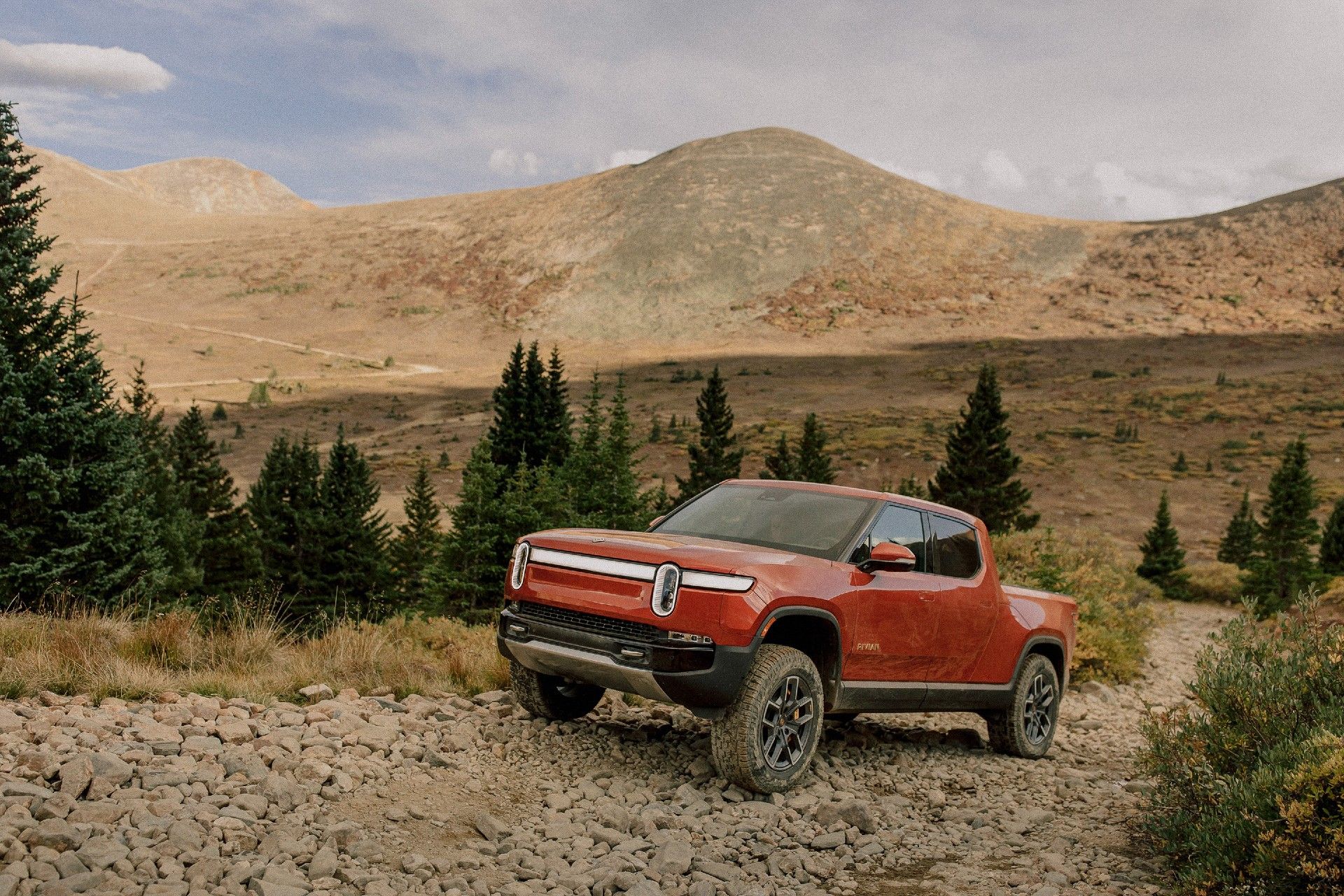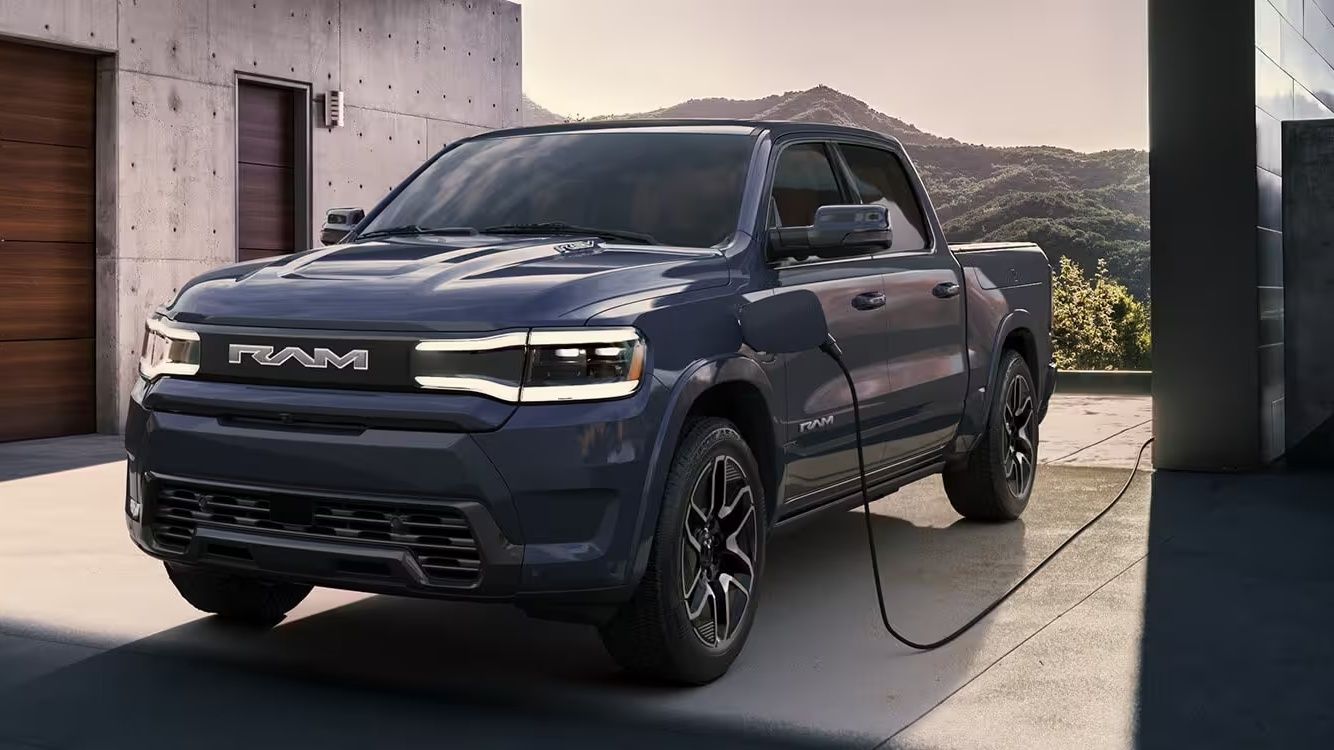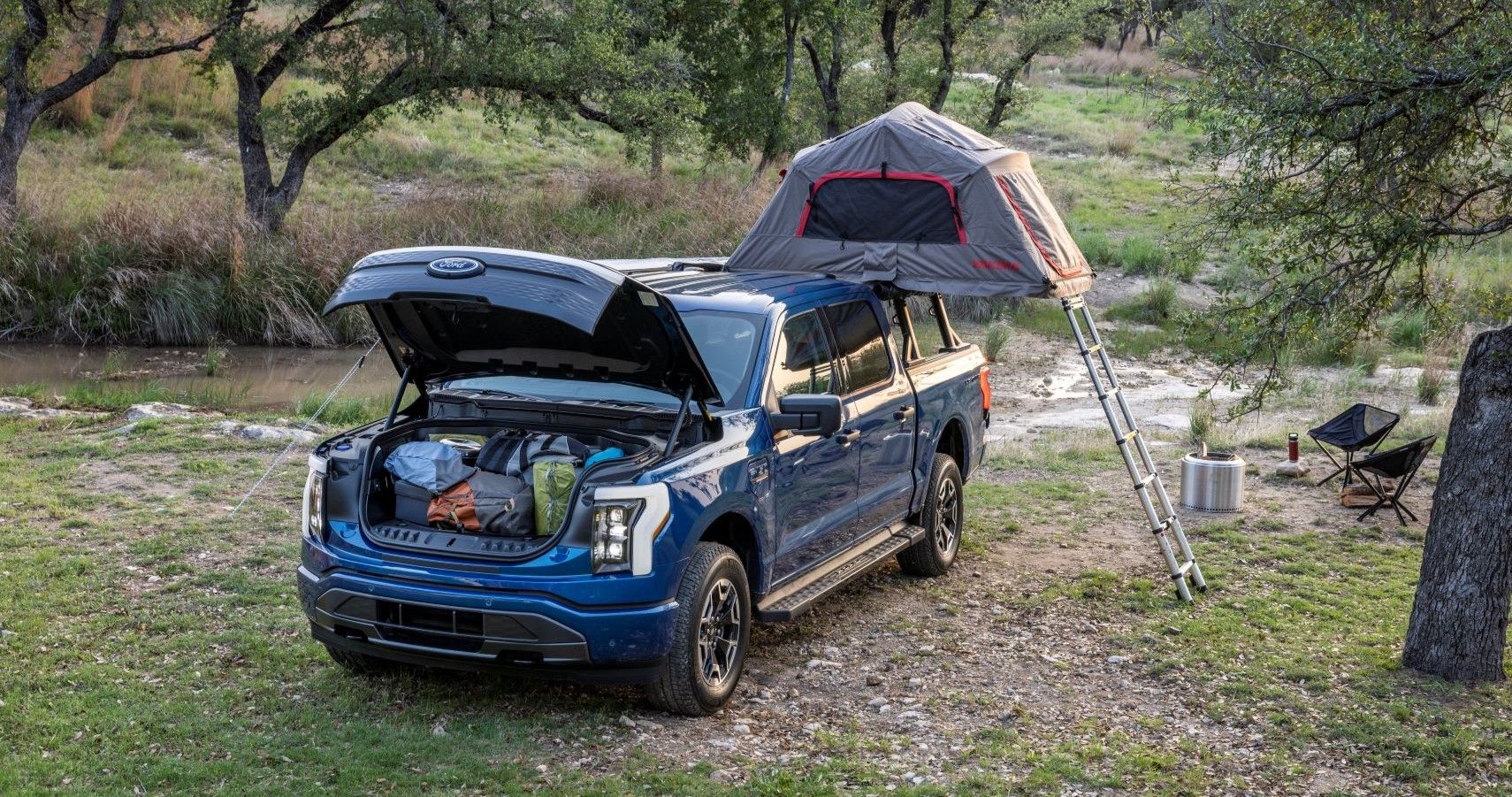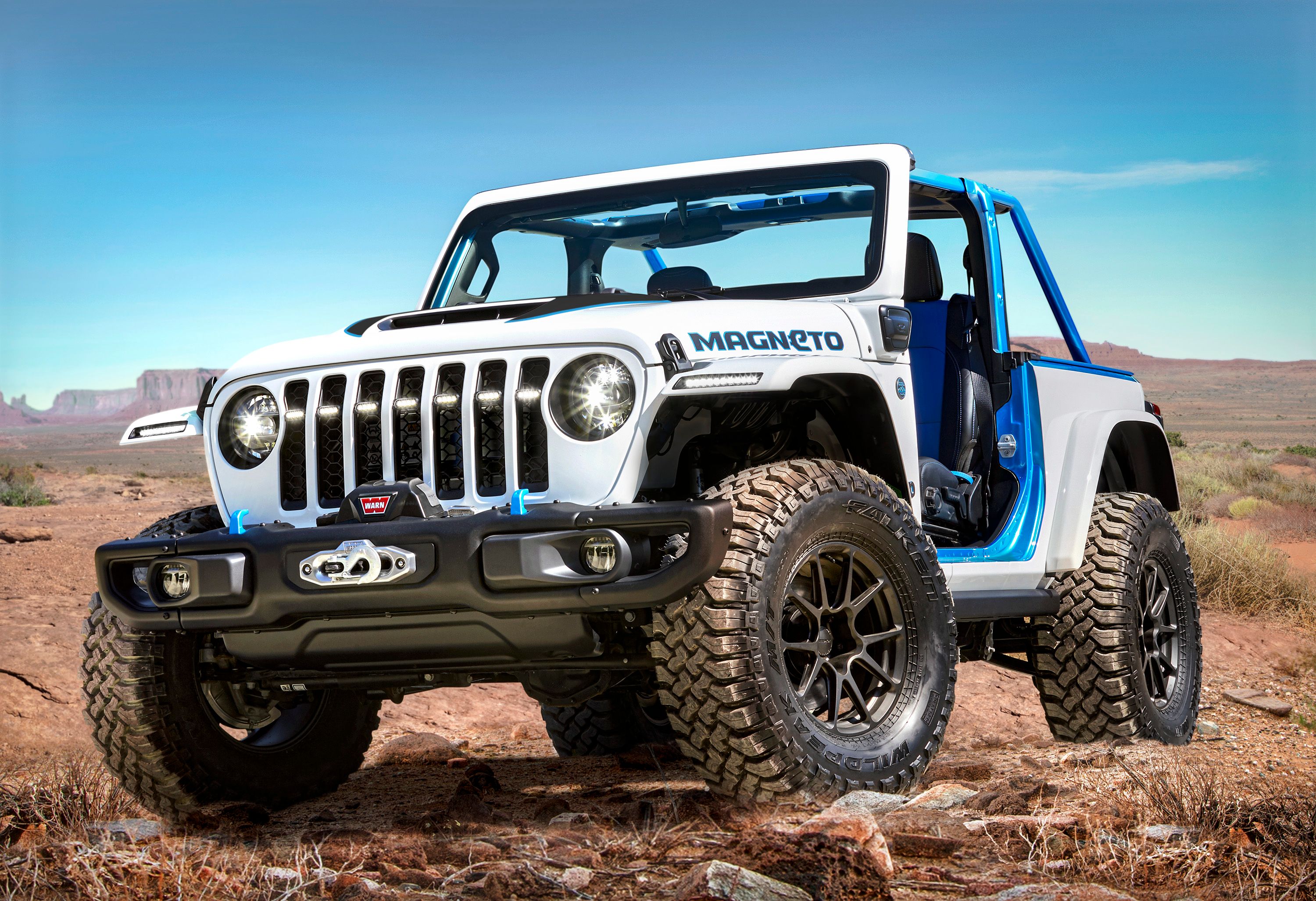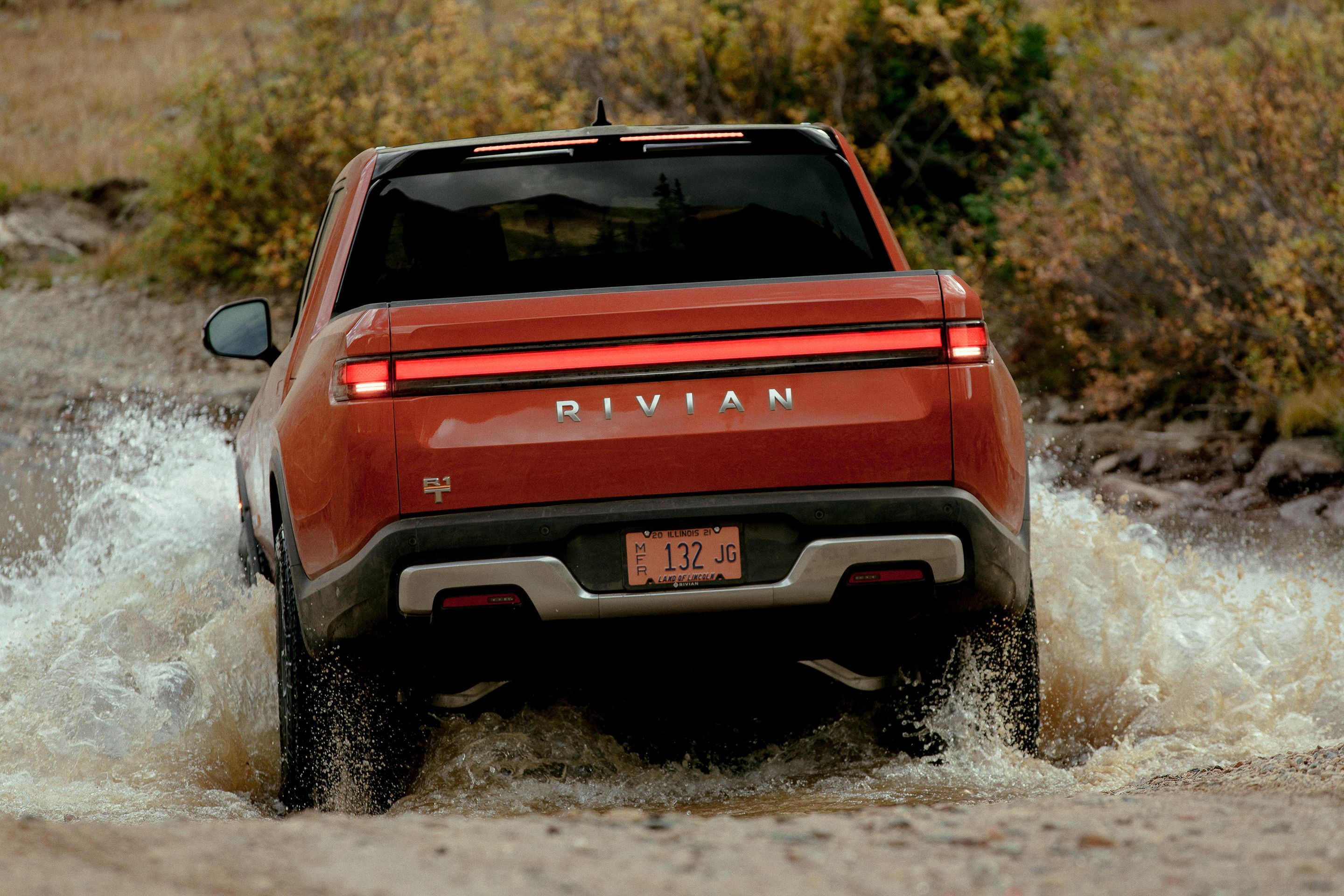Overlanding is the activity of taking a vehicle and crossing the land through on or off-road trails – hence the name "overland". During the past couple of years, the popularity of this activity has increased drastically. This means that more and more people question whether the electrification of our vehicles will end the fun out on the trails. In a previous article, we covered ways that electric vehicles may be better at off-roading than internal combustion ones. However, there are many instances where internal combustion engines will shine. Such instances include events like breakdowns, crossing remote parts of huge continents like the Australian desert, or even simple maintenance that may need to be done on the trail. This article will address all of these issues in an effort to highlight them. As technology progresses, many of them may be eliminated, but for now, we will certainly have to work around them.
The Most Obvious Problem Is Charging
The most obvious and perhaps largest problem EVs face when on off-road trails is charging. Obviously, there are no charging stations on trails and the batteries in our current EVs cannot store enough energy for off-road driving. You see, battery technology is still in its infancy and most vehicles are heavily dependent on aerodynamics and efficiency in order to achieve the milage they can achieve. This means that when the vehicle is under load in off-road situations battery range falls drastically and very similarly to the way it falls when towing. So, we don’t just have the issue of charging here, but also the issue of less usable range. In order for this to be addressed, battery technology needs to reach a point where small battery packs can yield great amounts of range. This will enable users to carry small power banks that can charge the vehicle on the trail. Also, these smaller batteries will be able to last for far longer.
Electric Vehicles Can Become A Fire Hazard
Contrary to popular belief, EV fires aren't all that common. In fact, they are less common than internal combustion engine (ICE) fires. However, the problem with EV fires is that once they ignite, they are extremely difficult to put out. This is due to unwanted chemical reactions that cause extreme heat and therefore, flames that won't subside just by being sprayed with water. This is worrying off-road because we drive through tough obstacles that can puncture through electrical components and cause the above issues. The worst part is that in off-road instances, the fire will be in nature and put the forests and mountains in danger. One way we could work around this is by ensuring that electric off-roader vehicles have tough underbody protection. However, this does not mean that damage to electrical components is going to be fully avoided. If the hit is big enough, the car can still have issues.
Modifying EVs Won’t Be Easy
Current off-roaders are easy to modify. Trucks like the 4Runner or Jeep Wrangler sit on platforms that can take modifications like lift kits and bigger tires easily. EVs, on the other hand, use unibody designs with independent suspension at the front and rear. This limits the options for modifications as installing lift kits is more difficult. Plus, electric vehicles will probably have issues with larger tires as they will diminish range. Also, there is currently no real way of re-gearing an electric truck. What is re-gearing? Well, when installing larger tires, the gearing of the vehicle needs correcting as every gear becomes faster due to the larger diameter of the tire. To address this issue, we put different gears in differentials or transfer cases to ensure that the truck retains its low gearing which is crucial for tough off-roading. This may be something that can be done on electric motors, but no one has tried it so far.
They Can’t Be Repaired Easily
A vehicle that can’t be repaired easily has two issues. First and foremost, in the event of a breakdown on the trail you will most likely get stranded. These vehicles are dangerous to work on if the correct tools and knowledge aren’t applied. The second issue is that they cannot be fixed at home. Off-roading is a social activity, and in many cases, people invite friends at home just to work on trucks trying to improve them or to just fix them and get them on the trails. This is an activity that will most probably vanish with EVs as the tools and knowledge needed are far more advanced than those needed to work on an old truck.
Just to give you an idea, a Jeep from the 1990s will only need spanners and all the related hand tools to get it going. An EV will need expensive diagnostics equipment, safety gear, and a lot of knowledge. You can’t just guess here; a small mistake can lead to dangerous issues like fires or injury. We do hope, however, that as the years progress the equipment will get more affordable while also having integrated instructions on how to safely work on your specific vehicle. However, this is highly unlikely. The days of DIY mechanics are slowly coming to an end.
You Can Electrify Your Current Truck For Better Off-Road Versatility
All the above may seem pessimistic; however, there is still hope. There are plenty of brands out there that convert old trucks to electric which is great news. The way these conversions work is by utilizing electric motors that spin the existing drivetrain. So, let’s say that you want to convert your Jeep Wrangler to an EV. The shop will simply remove the engine and replace it with EV components. These components will spin the existing solid axles and transfer box. By utilizing the existing components, we make sure the truck can still be modified while remaining repairable on the trail as all chassis components will be able the get fixed with basic tools regardless of your location.

